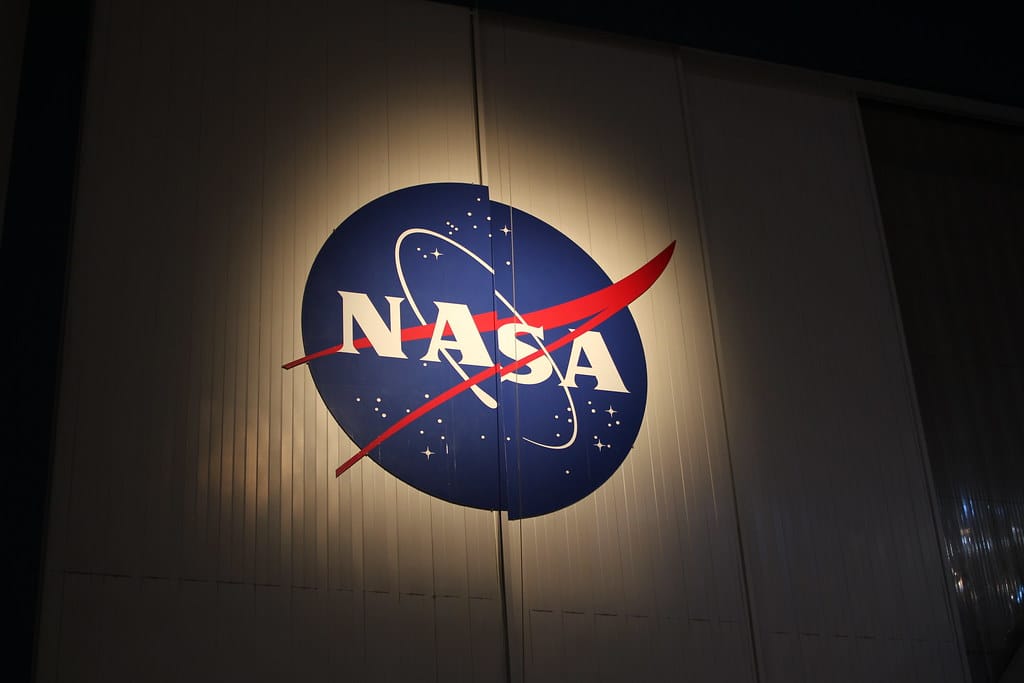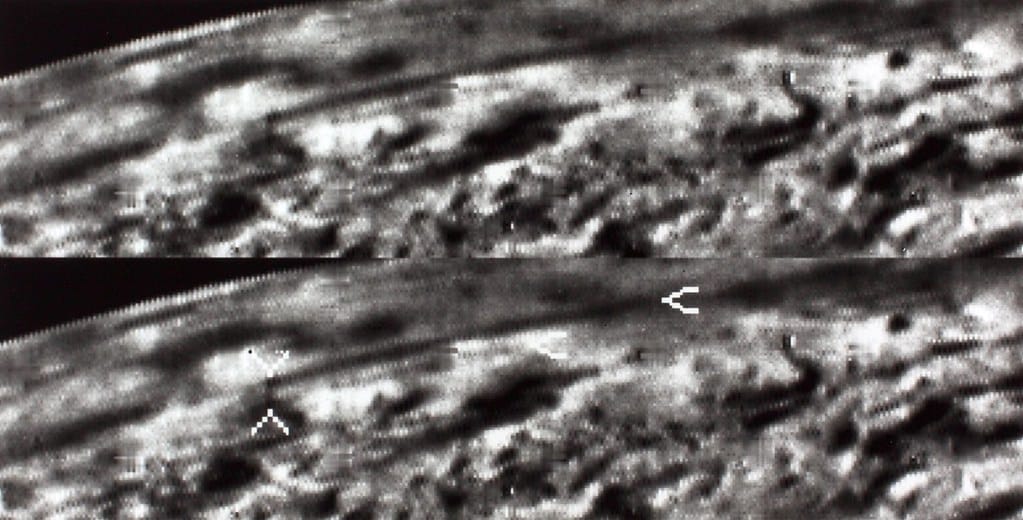NASA's Critical Earth-Monitoring Satellites Face Intentional Destruction as Funding Crisis Looms
NASA may be forced to deliberately destroy several of its most valuable Earth observation satellites that scientists and farmers worldwide depend on for climate research and agricultural planning, as the agency grapples with severe budget constraints and aging infrastructure challenges.
The Satellites at Risk
The Terra and Aqua satellites, launched in 1999 and 2002 respectively, have far exceeded their planned operational lifespans but continue to provide invaluable data for climate monitoring, disaster response, and agricultural forecasting. These workhorses of NASA's Earth Observing System carry instruments that track everything from global temperature patterns to crop health indicators that farmers use to optimize planting and harvesting schedules.
The Landsat 7 satellite, another critical asset launched in 1999, faces a similar fate despite remaining partially operational. Its data feeds directly into the U.S. Geological Survey's database that supports land management decisions affecting millions of acres of farmland and natural resources.
Why Destruction May Be Necessary
NASA's dilemma stems from a perfect storm of fiscal and technical challenges. Maintaining aging satellites requires increasingly expensive ground control operations, while newer missions compete for limited budget allocations. The agency estimates that keeping these older satellites operational costs approximately $15-20 million annually per satellite.
"We're facing some very difficult decisions about mission priorities," explains Dr. Karen St. Germain, NASA's Earth Science Division Director. "While these satellites continue to provide valuable science, we have to balance that against the cost of operations and the need to invest in next-generation capabilities."
The technical reality is equally challenging. As satellite components age beyond their design specifications, the risk of catastrophic failures increases. A controlled deorbit—essentially destroying the satellite by guiding it into Earth's atmosphere—prevents it from becoming dangerous space debris that could threaten other missions.
The Global Impact of Potential Loss
The consequences of losing these satellites extend far beyond NASA's budget sheets. Climate scientists rely on the continuous data streams to maintain long-term temperature and weather pattern records. Any gaps in this data could compromise climate models used to predict everything from hurricane intensity to drought conditions.
Agricultural communities face particularly acute risks. Farmers across the American Midwest use satellite-derived vegetation indices to make informed decisions about irrigation, fertilization, and pest management. John Mueller, a corn farmer in Iowa, explains: "Those satellite images help us spot problem areas in our fields before we can see them from ground level. Losing that data would be like farming blind."
International research collaborations would also suffer. The European Space Agency, Japan's space program, and dozens of universities worldwide incorporate NASA's satellite data into their research programs. Disrupting these data streams could set back climate science by years.
Alternative Solutions Under Consideration
NASA is exploring several options to avoid the worst-case scenario. Public-private partnerships represent one promising avenue, with commercial satellite operators potentially taking over some data collection responsibilities. Companies like Planet Labs and Maxar Technologies already provide high-resolution imagery for agricultural and environmental monitoring.
The agency is also accelerating development of next-generation satellites designed to be more cost-effective and longer-lasting. The upcoming PACE (Plankton, Aerosol, Cloud, ocean Ecosystem) mission, scheduled for 2024, will partially replace some capabilities of the aging satellites.
Congress could also intervene with supplemental funding, though competing priorities make additional appropriations uncertain. Several senators from agricultural states have expressed concern about the potential data gaps and their impact on farming communities.
The Path Forward
The satellite crisis highlights broader challenges facing scientific infrastructure in an era of competing budgetary demands. While NASA continues to push the boundaries of space exploration with missions to Mars and beyond, maintaining basic Earth observation capabilities remains equally critical for addressing climate change and food security challenges.
Key Takeaways:
- Critical NASA satellites may face intentional destruction due to budget constraints
- Scientists and farmers worldwide depend on this data for climate research and agricultural planning
- The loss could create dangerous gaps in long-term climate monitoring
- Alternative solutions include public-private partnerships and next-generation satellite development
- Congressional intervention or commercial partnerships may prevent the worst outcomes
The ultimate fate of these satellites will likely be decided in the coming months, making this a pivotal moment for Earth observation science and the communities that depend on space-based data for their livelihoods.

